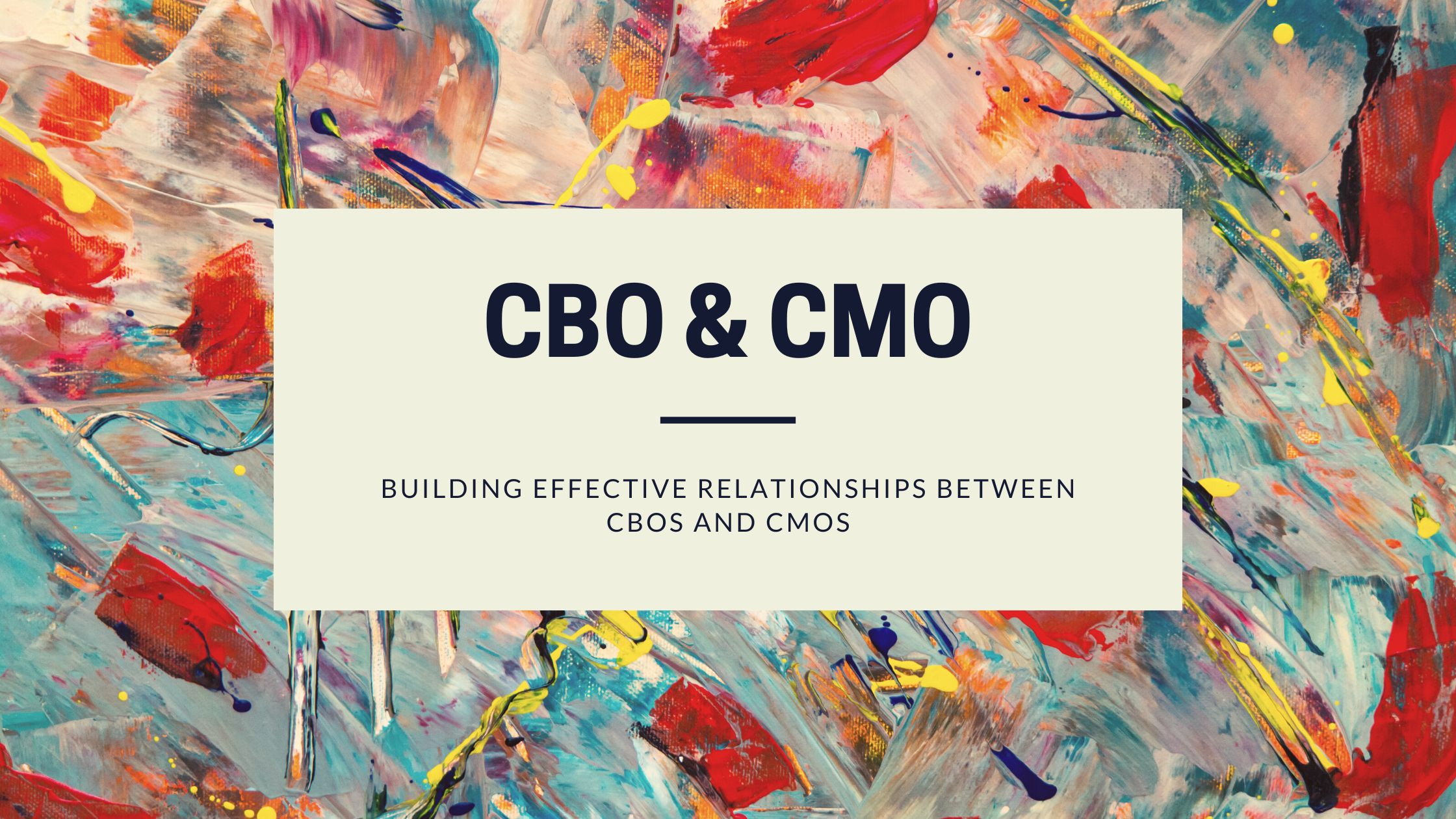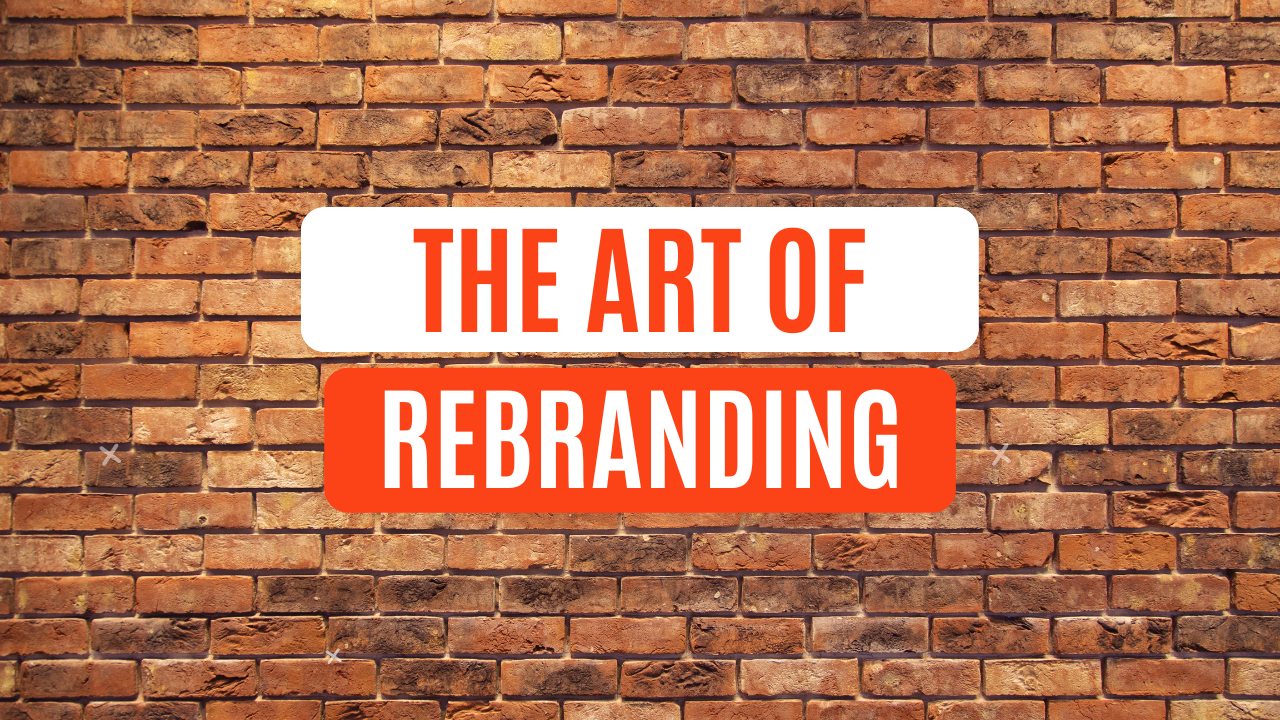Brand identity really began at the beginning of the industrial revolution. As large suppliers started mass-producing items, it became necessary differentiate yourself from the crowds of other companies, as well as convincing consumers that your product was as trustworthy as the local neighborhood producers. Logos, packaging, jingles, and print ads were all ways to make your company stand out on the shelves and make your product easily recognizable. Tate & Lyle, Coca-Cola, Bass & Co., and Quaker Oats have some of the oldest trademarked brands.
But we’ve evolved past the industrial revolution, and now the goal with a brand identity is to set the tone of your company. Are you healthful? Youthful? Digitally advanced? Naturally-focused? In order to catch eyes in a sea of brands and logos and typefaces, your message needs to be concise and it needs to be consistent with the core values of your company, in addition to the values of your customers.
Brand identity is different from brand image, which is the term for how the customers actually perceive the brand. And, in fact, a difference between brand identity and brand image can actually point to a lack of health in the company, mis-matched values, or a company who is out of touch with the key demographic they want to be catering to.
First step in creating a brand identity is to analyze the market. What are your strengths and weaknesses? Who do you think is most willing to engage with your company? What other sorts of things do they like to see and hear? Understand where similar companies are at you you can better determine what is already out there, and what makes you different.
Determine your key business goals. Your brand identity should be in line with this. As should your customer identity. If you are appealing to a sleek-modern customer, stay away from the more organic, homespun feeling in your logo, fonts, and colors. Make sure your taglines line up with the proper ideals.
Determine the personality you want to communicate. This is all stemming back to understanding your product fully. Maybe better than you know yourself. What is it saying to you? What is it saying to the customer? And does it align with the values of the company and consumer? Nike, for instance, says very different things in it’s brand identity than, say, TOMS does. Both companies sell shoes, but they cater to very different lifestyles, different ethos, and believe in different things as companies.
A well-constructed brand identity helps build loyalty, and helps build brand value. A company’s brand is often placed as one of the most valuable assets, over most inventory or programming assets. Giving your brand value weight, and thereby monetary value, is a metric that can help you attract investors, partner with like-minded companies, and build goodwill of your audience and clientele. One of the easiest ways to put a dollar number to your brand identity is to compare your net worth (or potential net worth) comparative to a similar company that is unbranded (or branded poorly).





